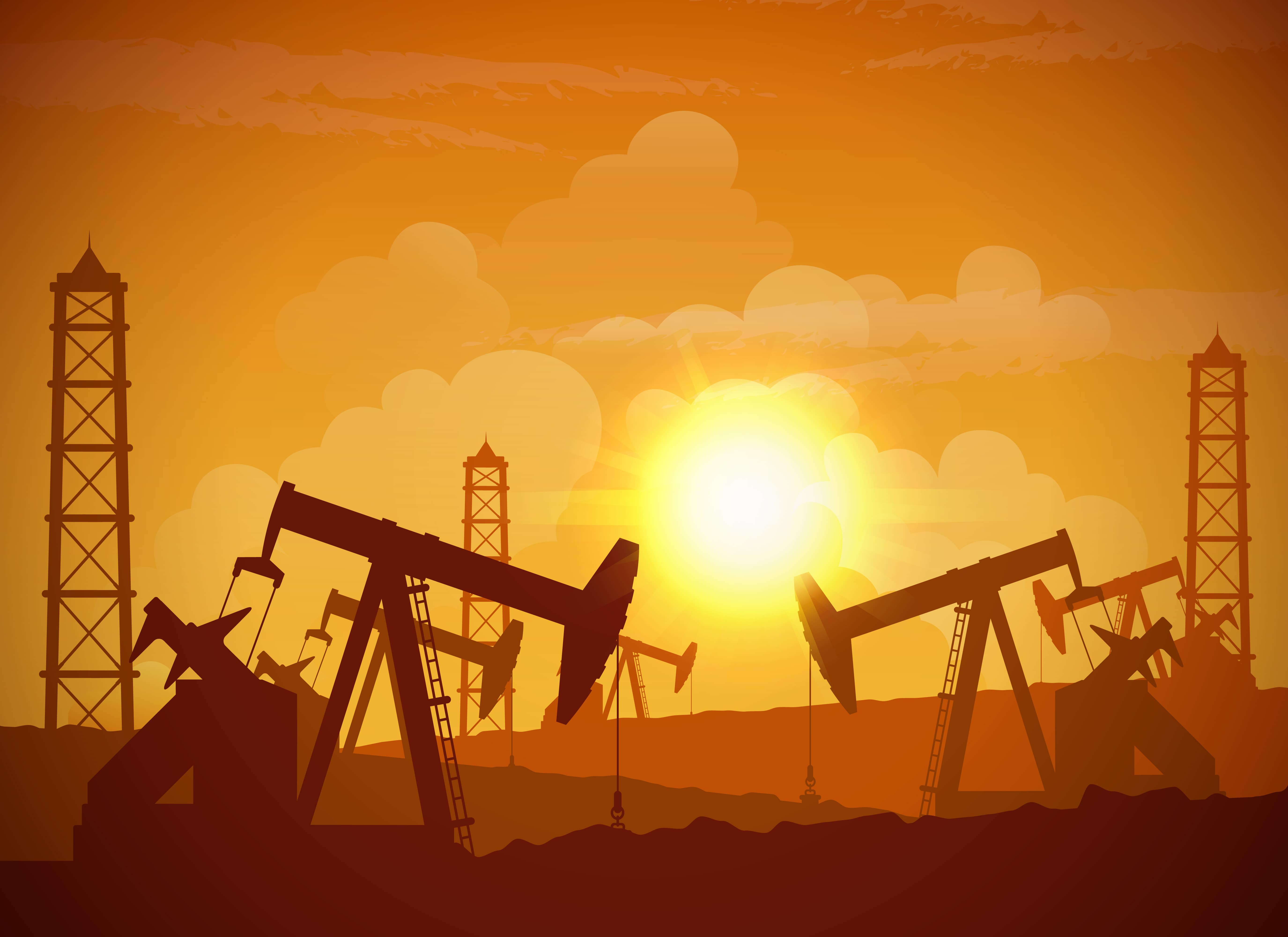

Sponsored Ads

Sponsored Ads

What an Employer Can Do to Prevent Oil Field Accidents
The risk of injury is higher in the oil and gas extraction industries. Thus employees should be aware of oilfield safety precautions. The employees work long hours under intense pressure to produce work efficiently while also missing out on a lot of family time. These factors enhance human error, and even the smallest inaccuracy can result in harm.Safety Tips to Avoid Oil Rig Accidents
1. Create a Safety Plan
The oil rig safety plan begins with machine maintenance. Oil rig employees rely on machines for survival, and incorrect handling and maintenance can result in tragic accidents. Furthermore, oil rigs are extremely gloomy, which might lead to accidents. Use good illumination in the workplace to avoid this. Creating a strategic local emergency response plan is another worker safety approach.2. Implement Safety Education
Putting in place a safety program keeps employees aware of potential hazards and enhances overall workplace safety. Encourage employees to self-train and interact with one another to get to know one another. This fosters unity and connection, and having personal contact with the other workers fosters trust, which improves safety.3. Take note of your employees' mental health
Workers in the oil and gas industry spend days, weeks, and months away from their families, which has a severe impact on their working circumstances. Some employees become depressed because they feel helpless. Others stop following rules and admitting errors. A hazardous work environment is harmful to occupational health. Monitoring workers' mental health, allowing them time off to spend with their families, and listening to their difficulties all contribute to a safer work environment with fewer accidents.4. Maintain Your Equipment
Offshore rig machines are the workers' lifelines. Maintain them on a regular basis to avoid premature failure. Educate your gas well-drilling crew on the necessity of regular maintenance checks and proper machine handling.5. Reevaluate Safety Signage When Projects Change
When worksites, projects, and crews change, take the time to verify that signs and labels are in the correct positions and convey current hazards and procedures before the next project begins; this will ensure that dangers and specific locations are understood when new workers arrive.6. Work together with the community that handles local emergencies
To provide a greater degree of general safety, forge relationships with regional emergency response organizations, and develop a steady stream of communication. Working collaboratively, emergency responders, rig workers, and safety and health professionals from exploration companies can better utilize their resources and be prepared to respond to situations quickly and effectively. Determine the unique health and safety risks present at the drilling site and how you can effectively support one another in case of an emergency. To better prepare emergency responders for potential emergencies, if at all possible, offer them a tour of the drilling site or rig.Final Thoughts
A workplace should be a safe place for employees. Unsafe working conditions will result in workplace accidents, for which the employer will have to compensate the victims. An oil field is a volatile workplace, but the employer can make some efforts to protect employees from potential accidents. The victims of oil field accidents could file a personal injury case if a third party caused the accident.Sponsored Ads

Sponsored Ads

